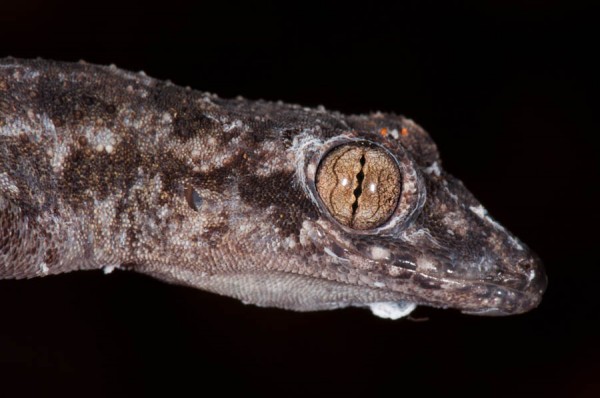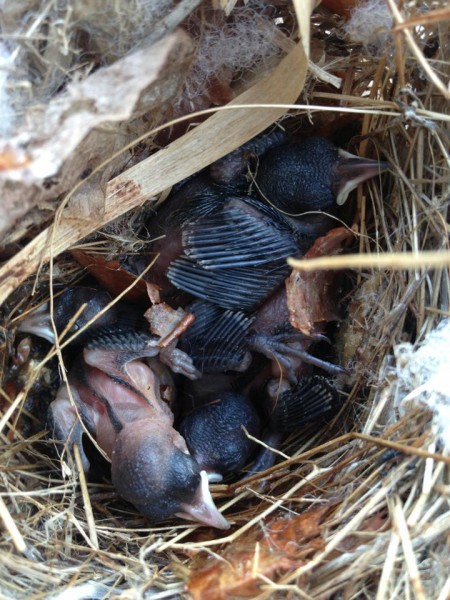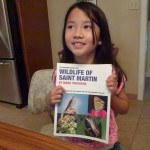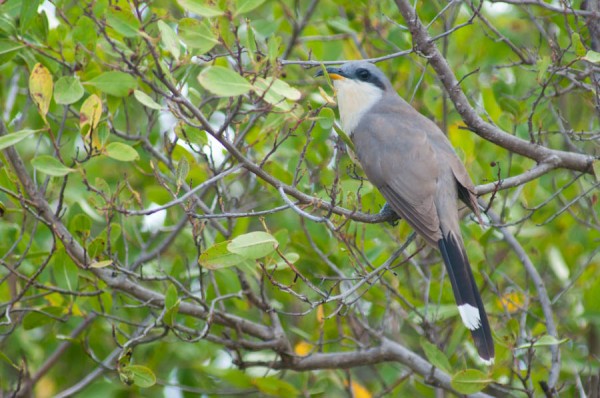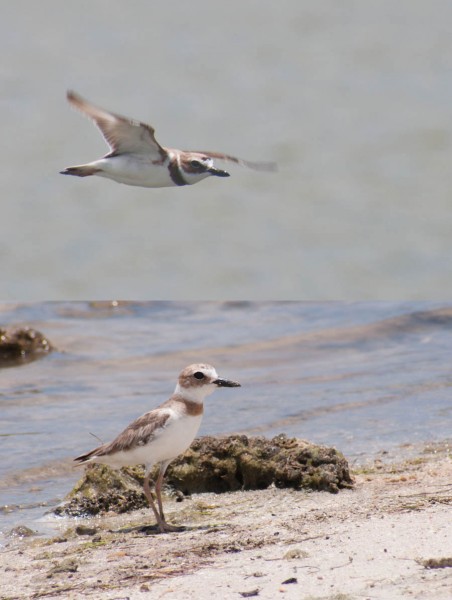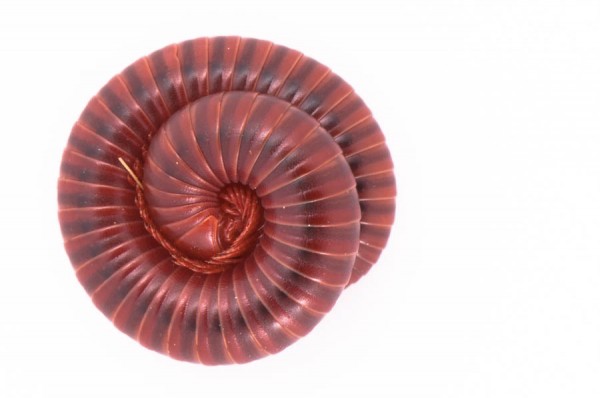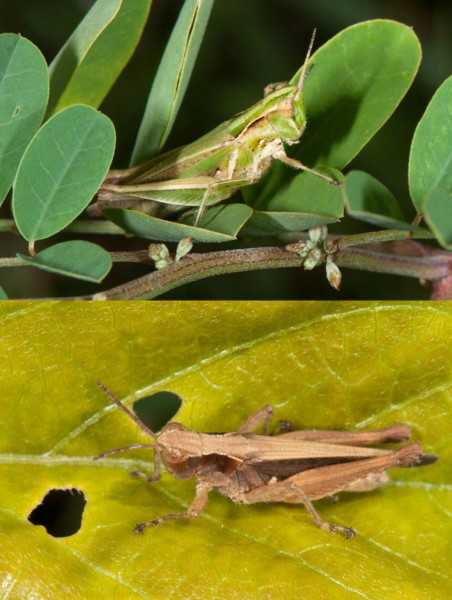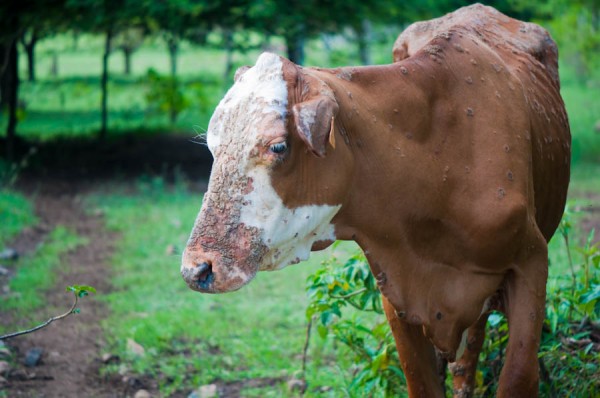Pinel Excursion with Sister Regina School
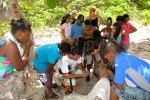
Yesterday I was invited to join the Sister Regina School on an excursion to Pinel. After arriving by ferry, we took a hike around the island and discussed a number of interesting things, like why mongooses don’t live on Pinel, what hermit crabs eat, how vegetation grows back after a brushfire, what a natural reserve is and why it is […]

